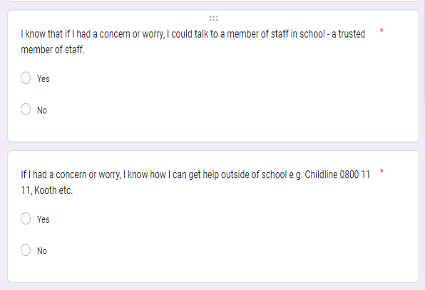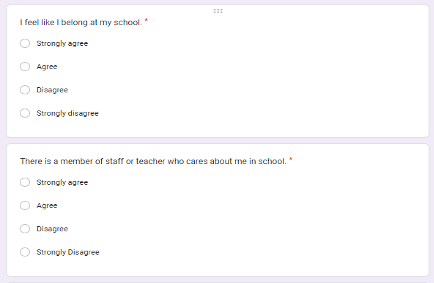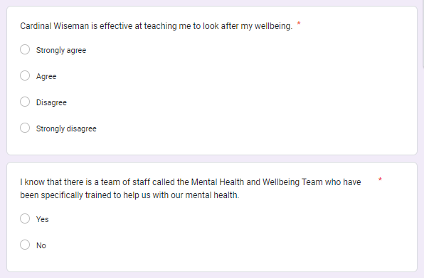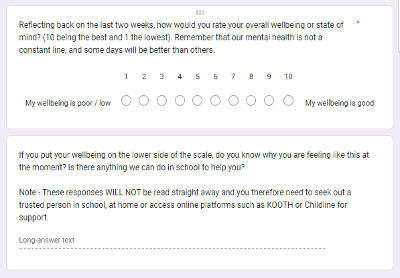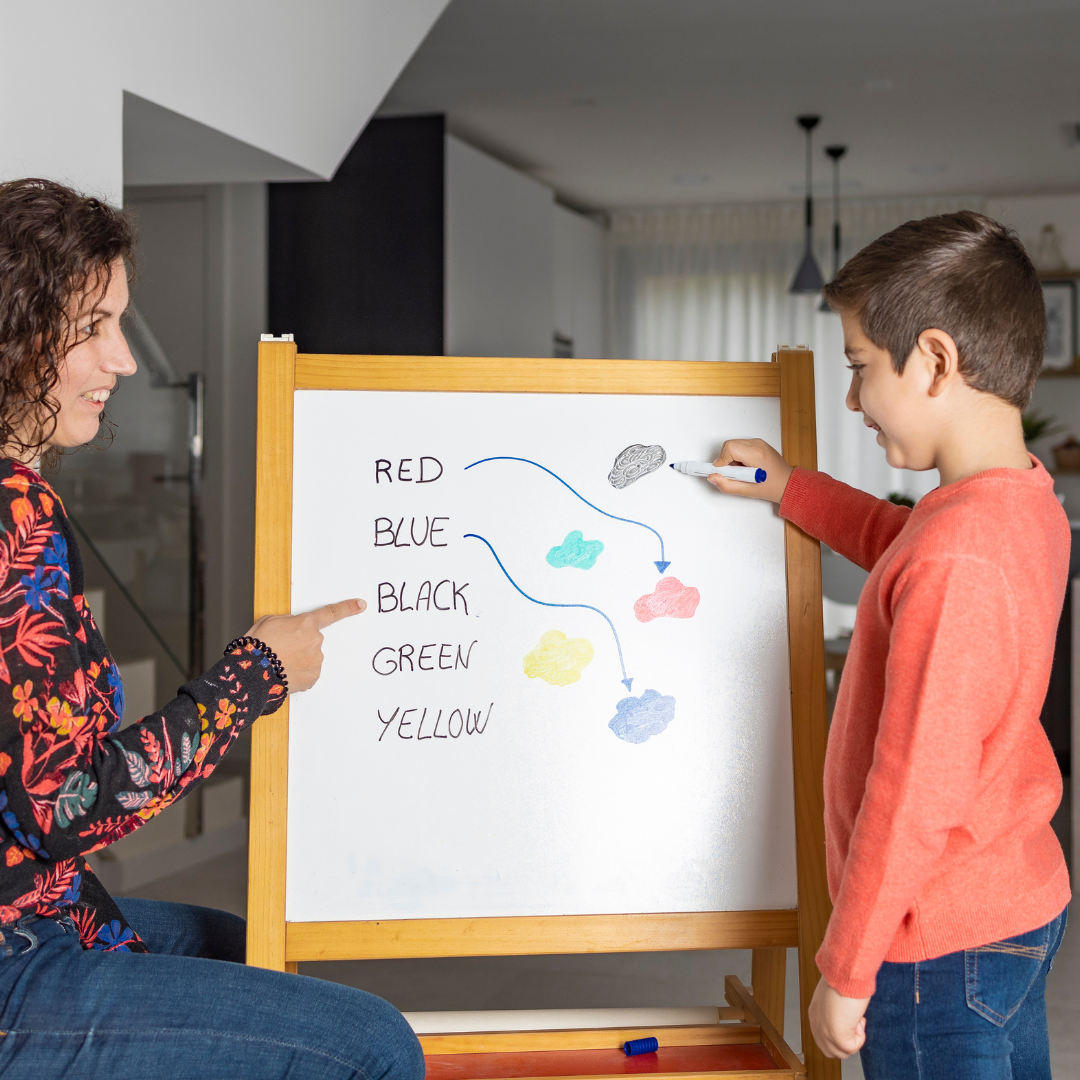Innovative Wellbeing Practices in Secondary Education: Emma Buckle's Insights
SMHL Secondary Blog

Role: Assistant Headteacher at Cardinal Wiseman Catholic School in Kingstanding. I have been the Senior Mental Health Lead for 2 years, but have been on the Senior Leadership Team for 6. I lead on both pupil and staff wellbeing across the school; I am a Designated Safeguarding Lead and a passionate History teacher. I am therefore well placed to comment on the current issues/challenges surrounding leading on mental health in the secondary sector.
Other methods of identifying need and monitoring impact
My blog last month focussed specifically on our use of the BREATHE survey in school to identify mental health/wellbeing needs and then plan interventions. Today I will focus on the other methods we use:
a) The whole school ‘letter to self’ activity: Part way through the Autumn term of 2023, all students from Years 7-11 were asked to write a letter to themselves, this was something we had done in the past with Year 7 but never with the whole school all at once. The pupils were told that the letters would be read by certain staff members and they were asked to comment upon their current feelings and emotions, as well as their plans/hopes for the future. The activity was loosely structured around the ‘Three Houses’ screening tool, with the House of Worries, House of Good Things and House of Dreams. Note - I am aware that some of the students might not have been honest about their feelings because they knew that the letter was going to be read by an adult, however I still feel that it was a valuable activity to undertake especially as I involved form tutors in the reading of the letters.
For me the purpose of the task was two-fold:
1) To identify safeguarding/wellbeing concerns that might not be on our radar - and it did do just that, and
2) to enable form tutors to get to know their pupils better, building stronger working relationships with their tutees and therefore being better placed to support the wellbeing of these pupils. I blocked out some time on the Continuous Professional Development calendar for the reading of the letters and each pastoral team was supported by a Designated Safeguarding Lead and a Mental
Health First Aider Note - The giving over of time was important because I didn’t want staff to feel as though this was just an extra task they had to fit into their working day. It was important they were given enough time to give the letters the necessary attention.
The letters were ‘triaged’ and colour coded, with ‘Reds’ going to a DSL, ‘Ambers’ the Heads of Year / Assistant HOY or wider pastoral teams, and ‘Greens’ the form tutor or placed under the heading of ‘no further action’. In addition to this, HOY were asked to pass general ‘themes’ affecting the wellbeing of each year group onto me, and in response to this I have planned/am planning a number of further interventions - i.e. For Years 10 and 11 the focus has been on exam stress and coping mechanisms, and Year 9 girls self-esteem and friendship issues. Following on from this activity, I also think we need to do more work around transitioning the new Year 7 cohort into secondary school life in September 2024.
From a leadership perspective it was a useful exercise to undertake with the staff body, acting as impromptu CPD, helping staff to understand the different levels of concern and when they need to pass the issue onto the safeguarding team.
b) Whole school pupil voice: This is completed by every child across the school at two specific points in the year - January and June. The Senior Leadership Team create a questionnaire on various aspects of school life (pastoral and academic) and the pupils have a period to complete it in school. Note - It is important to factor this task into the school timetable so that every child in the school is given the chance to complete the questionnaire, and it helps to ensure that the students actually put some thought into their answers.
The questions I asked specifically about mental health are listed below. The responses allowed me to get a good grasp of whether or not the pupils were hearing the key messages we are trying to promote around mental health in school and then plan for the next steps. The question with the scale is useful in shedding light on any mental health issues we are not yet aware of. Those who marked themselves lower down the scale were seen by a DSL, Mental Health First Aider or wider pastoral teams. In the summer of 2023 I noted that pupils who identified as being a different gender or as being gender fluid marked themselves lower down the wellbeing scale. From this, a number of interventions have been put into place, such as the establishment of the LGBTQ+ club on a Monday after-school.
In addition to all of the above, or perhaps instead of, my aim before we finish for the summer is to explore some of the online wellbeing applications and questionnaires which can be bought in. I need to weigh up the cost of such a resource against the impact it will have in improving the lives of our students.
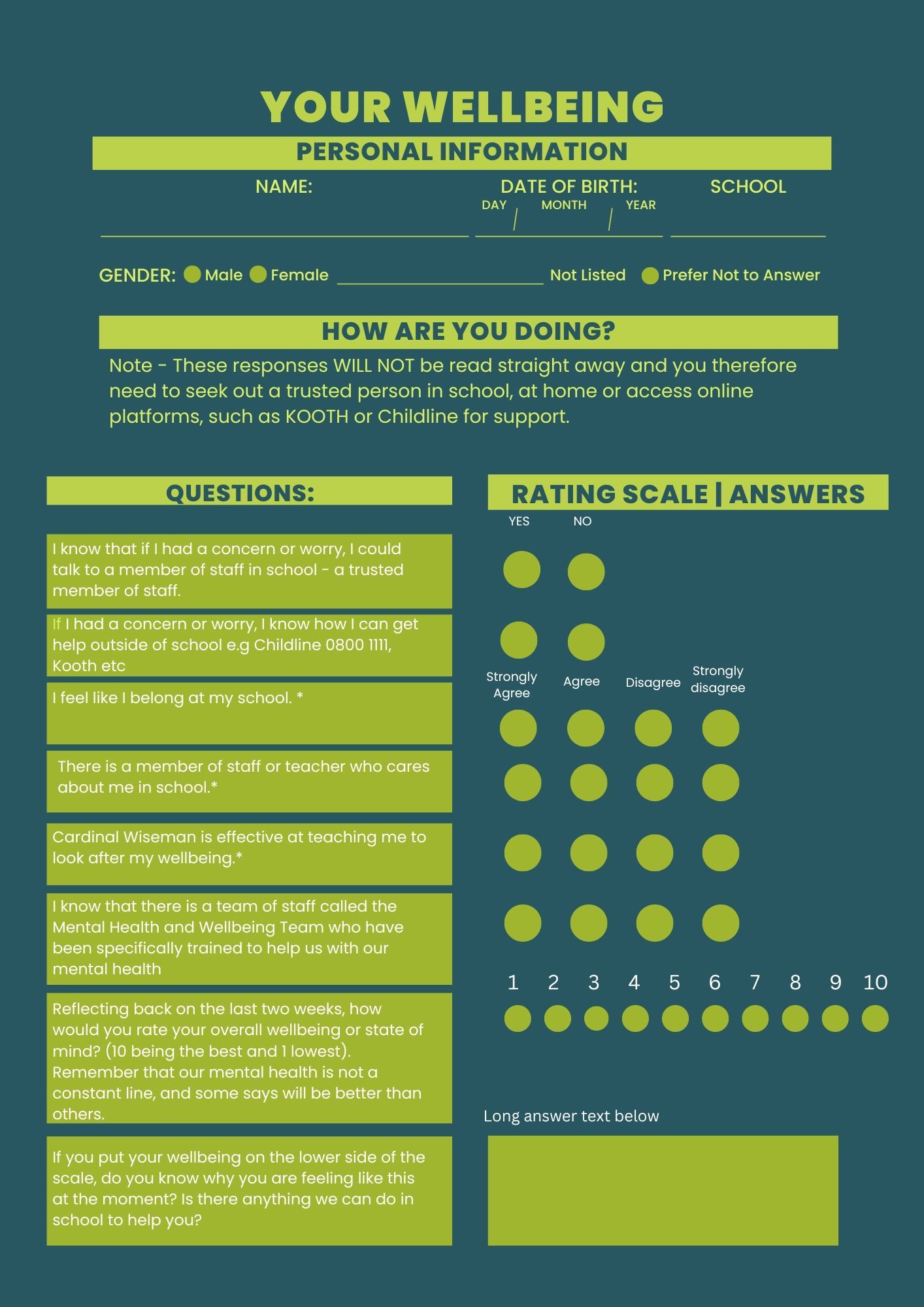
Further suggested reading:
- The following link explains how to use the 3 Houses (and similar assessment tools): CLICK HERE
- The following link will take you to the Anna Freud website and shows you some sample questionnaires you could use with secondary school students: CLICK HERE
